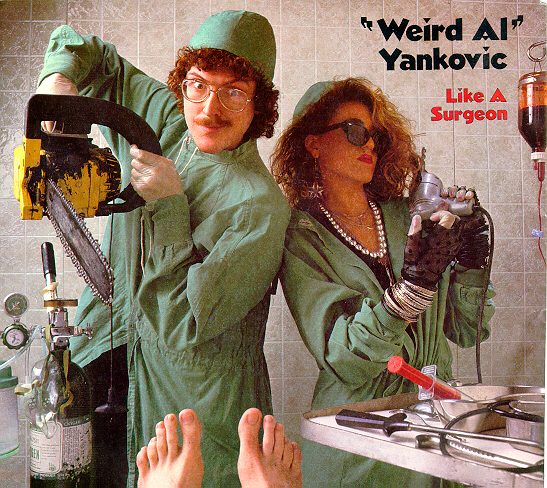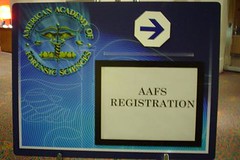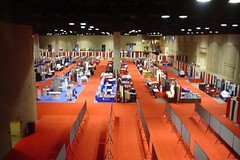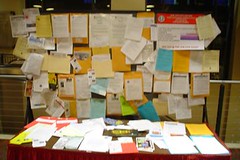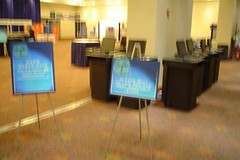
by team UAB,JMD
It appears that this new technology is hitting stations accross the nation. However, it seems as if though it is doing just what fingerprints and DNA technologies do: identify people. The good thing about this new eye-scanning technology is that it can find matches within seconds instead of waiting weeks, even months for results. I think that this is worth putting extra money into in order to perfect the system and spread its use. It may be a little more costly than other methods, but I think that the quickness of identifying offenders far outweighs the costs. I am not advocating that we push fingerprint and DNA technology to the way-side either. Mainly because people's iris' are not left at crime scenes. However, I think that this new scanning technique will be a good way to supplement our existing techniques. Thus, making the probability of convictions even greater.
| More than 2,100 departments in 27 states are taking digital pictures of eyes and storing the information in databases that can be searched later to identify a missing person or someone who uses a fake name,. |
It is futuristic in nature but definitly feasible. also, it has a lot of support from law enforcement.















